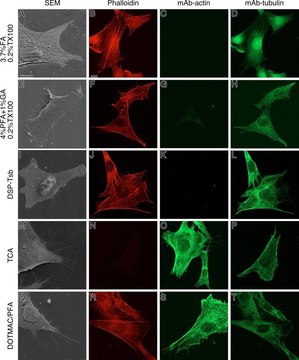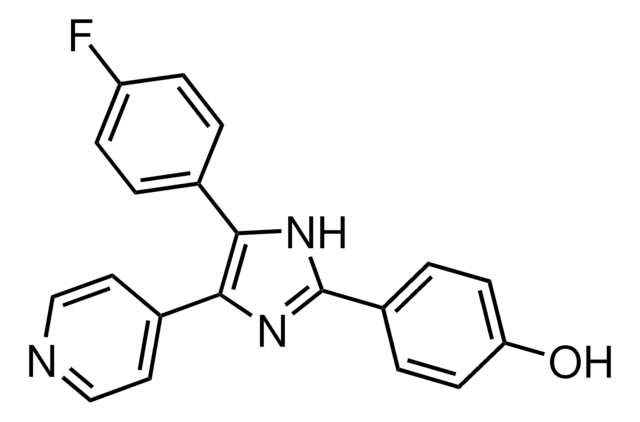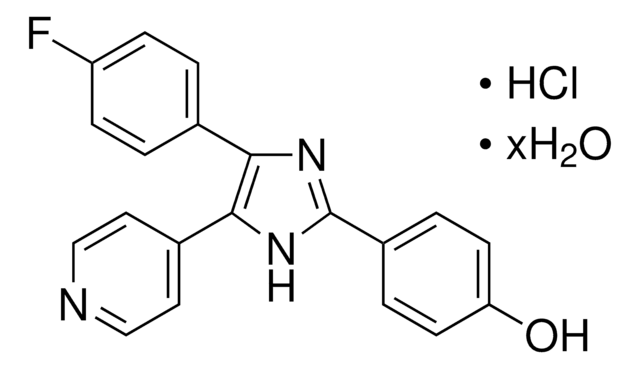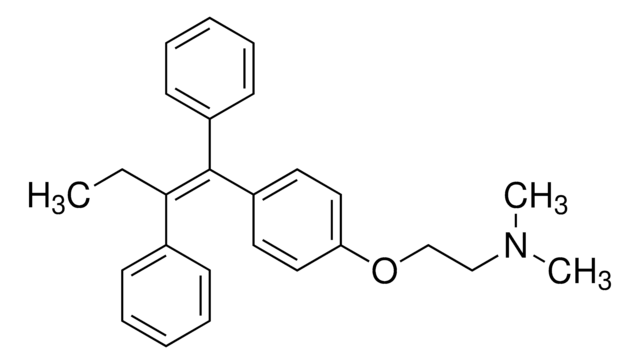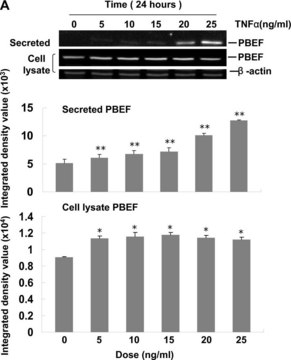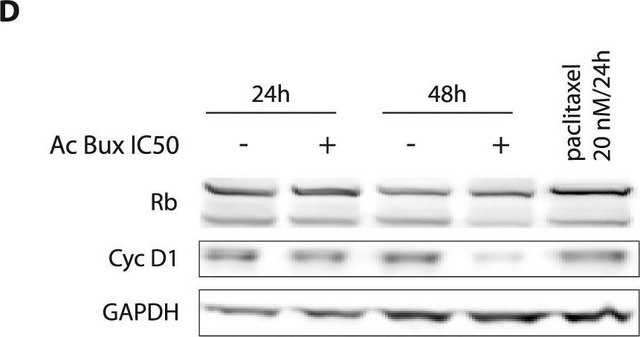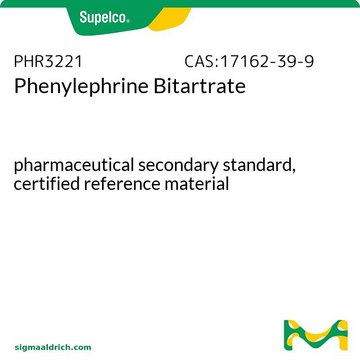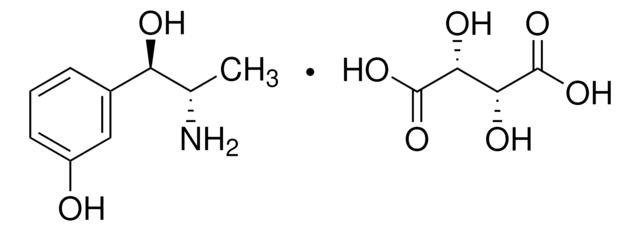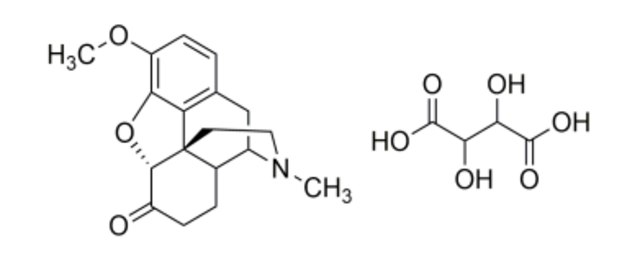PHR3221
Phenylephrine Bitartrate
pharmaceutical secondary standard, certified reference material
Synonym(s):
(R-3-Hydroxy-α-(methylaminomethyl)benzyL alcohol hydrogen L-tartrate
About This Item
Recommended Products
grade
certified reference material
pharmaceutical secondary standard
Quality Level
agency
traceable to USP 1532950
API family
phenylephrine
CofA
current certificate can be downloaded
packaging
pkg of 50 mg
application(s)
pharmaceutical
storage temp.
2-8°C
SMILES string
N(C[C@H](O)c1cc(ccc1)O)C.O[C@H]([C@H](O)C(=O)O)C(=O)O
InChI
1S/C9H13NO2.C4H6O6/c1-10-6-9(12)7-3-2-4-8(11)5-7;5-1(3(7)8)2(6)4(9)10/h2-5,9-12H,6H2,1H3;1-2,5-6H,(H,7,8)(H,9,10)/t9-;1-,2+/m0./s1
Looking for similar products? Visit Product Comparison Guide
1 of 4
This Item | PHR3426 | PHR2152 | PHR8981 |
|---|---|---|---|
| grade certified reference material, pharmaceutical secondary standard | grade certified reference material, pharmaceutical secondary standard | grade certified reference material, pharmaceutical secondary standard | grade certified reference material, pharmaceutical secondary standard |
| application(s) pharmaceutical | application(s) pharmaceutical | application(s) pharmaceutical | application(s) pharmaceutical |
| agency traceable to USP 1532950 | agency traceable to USP 1396003 | agency - | agency traceable to Ph. Eur. Y0000646, traceable to USP 1315001 |
| API family phenylephrine | API family - | API family - | API family - |
| CofA current certificate can be downloaded | CofA current certificate can be downloaded | CofA - | CofA - |
| packaging pkg of 50 mg | packaging pkg of 500 mg | packaging pkg of 50 mg | packaging package of 100MG |
General description
Application
Analysis Note
Other Notes
Footnote
signalword
Warning
hcodes
Hazard Classifications
Acute Tox. 4 Oral
Storage Class
13 - Non Combustible Solids
wgk_germany
WGK 3
flash_point_f
Not applicable
flash_point_c
Not applicable
Certificates of Analysis (COA)
Search for Certificates of Analysis (COA) by entering the products Lot/Batch Number. Lot and Batch Numbers can be found on a product’s label following the words ‘Lot’ or ‘Batch’.
Already Own This Product?
Find documentation for the products that you have recently purchased in the Document Library.
Our team of scientists has experience in all areas of research including Life Science, Material Science, Chemical Synthesis, Chromatography, Analytical and many others.
Contact Technical Service